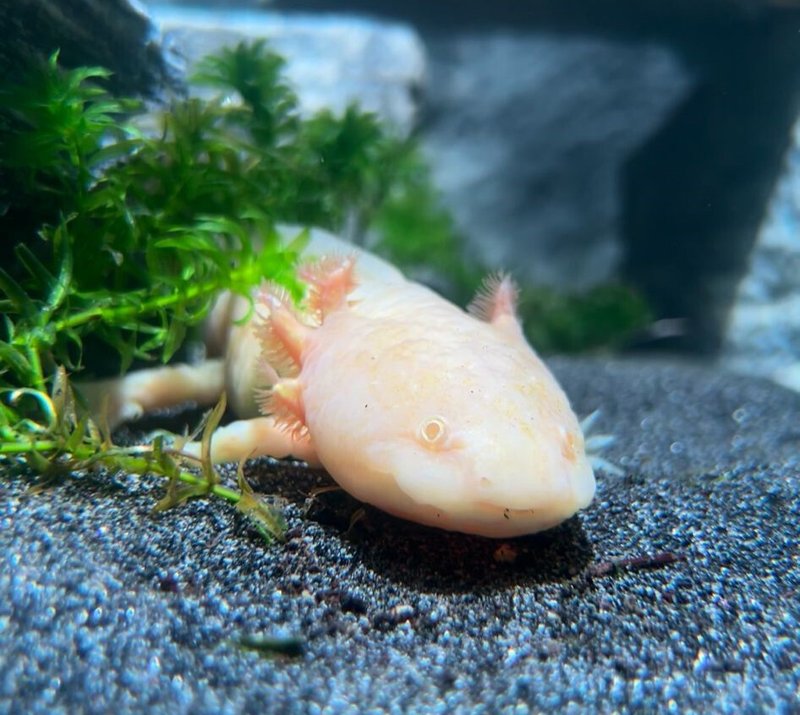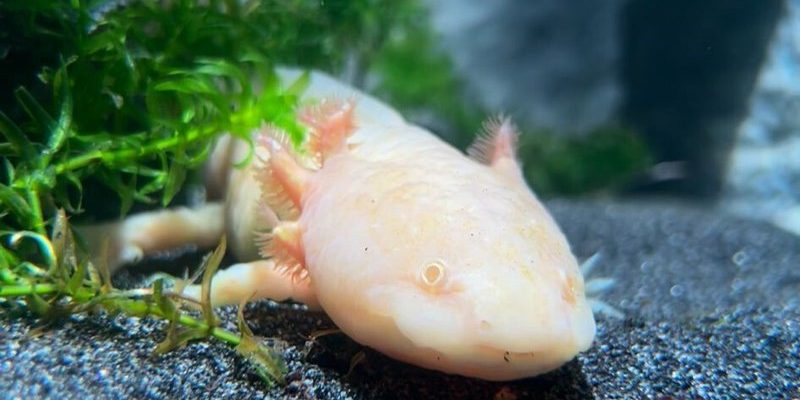
Imagine the axolotl like a secret ingredient in a recipe. It’s rare and flavorful, making it special, but if it disappears, the overall dish suffers. This creature is native to the lakes of Xochimilco in Mexico City, where it has adapted to an aquatic lifestyle, retaining its juvenile features well into adulthood. But due to habitat loss, pollution, and overfishing, the axolotl’s survival is in jeopardy. So, what exactly is being done to help save this delightful creature?
Understanding Axolotls and Their Habitat
To grasp why the axolotl is endangered, we first need to understand what it is and where it lives. The axolotl, or *Ambystoma mexicanum*, is a neotenic salamander. That means it doesn’t undergo the usual metamorphosis that most amphibians do. Instead of transforming into a land-dwelling adult, it retains its gills and aquatic lifestyle.
These critters primarily inhabit the Xochimilco wetlands. These waterways are intertwining canals surrounded by lush plants and vibrant aquatic life. However, urbanization has taken a toll on this ecosystem, transforming beautiful landscapes into busy streets and drained lakes.
One of the main threats is water pollution. As the city of Mexico expands, untreated sewage and industrial waste end up in the axolotl’s home, making it toxic for these creatures. This pollution affects their health and reduces their chances of reproduction—hence, contributing to their endangered status.
The Current Conservation Status of the Axolotl
You might be wondering, just how endangered is the axolotl? According to the International Union for Conservation of Nature (IUCN), the axolotl is currently listed as critically endangered. This means that without immediate conservation efforts, these fascinating creatures could vanish from our planet.
Factors like habitat destruction and invasive species are significant players in this grim narrative. For instance, the introduction of tilapia and carp into Xochimilco waters poses a threat to the axolotl’s survival. These fish outcompete the axolotl for food and can even prey on their eggs.
In terms of population, estimates suggest that only a few hundred axolotls remain in the wild. Isn’t that a staggering thought? The survival of the species hinges on our ability to take action and implement conservation strategies.
Conservation Efforts: What’s Being Done?
So, what are people doing to help the axolotl? Thankfully, there are various conservation efforts in place. Many organizations are dedicated to saving the axolotl through habitat restoration, breeding programs, and legal protections.
Firstly, habitat restoration is crucial. This involves cleaning up the polluted waters and restoring the natural flora and fauna to Xochimilco. Local NGOs and community groups are working together to bring back the native plants that provide shelter and breeding grounds for the axolotl.
Secondly, breeding programs are essential. Several organizations are working to breed axolotls in controlled environments. The goal is to increase their numbers and reintroduce them into their native habitats once conditions are suitable. This approach not only boosts population numbers but also helps maintain genetic diversity.
Community Involvement and Education
Community involvement plays a vital role in conservation efforts. Local communities around Xochimilco are being educated about the importance of the axolotl and the challenges it faces. Education programs aim to raise awareness about biodiversity and the impact of pollution.
Volunteer programs allow locals to participate in clean-up drives, helping to remove debris and pollutants from the lakes. When communities understand the significance of the axolotl, they become more invested in its well-being, ensuring that their efforts are sustained over time.
Schools in the region have also initiated projects that involve students in the preservation of their local ecosystem. Imagine kids learning about the axolotl and then organizing events to raise funds for conservation efforts. It’s a fantastic way to foster a sense of responsibility toward nature while protecting the future of this incredible species.
The Role of Technology in Conservation
Technology is also stepping up to aid conservation efforts. Scientists are using gene sequencing and genetic analysis to understand the axolotl better. These insights can help inform breeding programs by identifying the healthiest and most genetically diverse individuals for reproduction.
Furthermore, satellite technology helps monitor changes in habitat conditions. By using aerial imagery, conservationists can track pollution levels and habitat degradation over time. This data is invaluable for developing targeted strategies for restoration.
Additionally, DNA databases can help conservationists manage breeding programs more effectively, ensuring genetic diversity among captive axolotls. These innovative approaches are crucial for securing the axolotl’s future.
What Can You Do to Help?
Even if you’re not in Mexico, there are ways you can contribute to axolotl conservation. For starters, consider supporting organizations that focus on wildlife conservation. Donations, even small ones, can go a long way in funding restoration projects and breeding programs.
You can also spread awareness on social media. Sharing articles or posts about the axolotl can raise interest and educate others about its plight.
Lastly, if you’re considering getting an axolotl as a pet, make sure to adopt from reputable breeders who prioritize conservation. This helps ensure that your pet comes from responsible sources and not from the wild, where they are critically endangered.
A Hopeful Future for the Axolotl
In conclusion, the axolotl’s journey is a story of resilience and hope. Despite the challenges it faces, dedicated conservation efforts show that there’s a future for this remarkable creature. With habitat restoration, community involvement, and the aid of technology, the axolotl may just find its footing again.
The phrase “out of sight, out of mind” shouldn’t apply to the axolotl. Instead, let’s keep it in our hearts and minds, doing what we can to support its survival. Remember, every little action counts. Together, we can help ensure that future generations will still marvel at the wonders of the axolotl.

